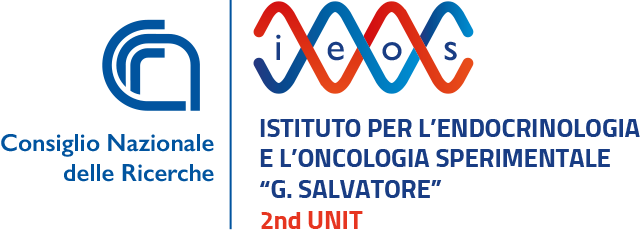The trascriptional programme of Golgi biogenesis - Roman Polishchuk- Tigem, Pozzuoli
The transcriptional regulation of Golgi biogenesis has yet to be fully understood. Considering the fundamental importance of the Golgi complex for intracellular membrane trafficking, this dearth of knowledge represents a serious gap. To solve this problem, we developed a reliable system to study de novo Golgi biogenesis. We used a cell line expressing HRP-tagged mannosidase II (ManII-HRP), which allowed us to destroy the preexisting Golgi with high precision via HRP-mediated formation of insoluble DAB polymers in the Golgi lumen. Live cell imaging and electron microscopy demonstrated that such loss of the “old” Golgi induced the formation of the “new” fully functional Golgi complex in a substantial subpopulation of cells.
We combined this Golgi inactivation approach with single cell RNA-seq to analyze how the cell transcriptome changes during the process of de novo Golgi biogenesis. In particular, we addressed the following questions:
-Are genes encoding different components of the Golgi activated simultaneously or sequentially?
- How does the activation of certain groups of Golgi genes correlate with structural and functional changes in the rebuilding of the Golgi apparatus?
- Is there any order in the activation of genes encoding components of early (cis) or late (trans) Golgi sub-compartments, which differ from each other in structure, function, and composition?
We found that cells rebuilding the new Golgi transactivate more than 100 Golgi genes that encode different classes of Golgi components including structural proteins, glycosylation enzymes and membrane tethering/trafficking complexes. Upregulation of these genes occurred in a coordinated manner and coincided in time with the recovery of the typical stack architecture and reactivation of transport through the newly-forming Golgi organelle. We also noted that activation of Golgi genes was not compartment-specific as induction of cis-, medial- and trans-Golgi genes occurred simultaneously. Finally, we found that the cells treated with transcription inhibitors failed to rebuild the new Golgi. Thus, our findings suggest that orchestrated transactivation of various Golgi genes supports de novo biogenesis of the Golgi by providing building blocks for morphogenesis of the Golgi stacks and induction of their functional activities.
Biosketch
Roman Polishchuk received his Master’s Degree in Biology in 1993 from the Ivanovo State University (Ivanovo, Russia) and his PhD in Cell and Developmental Biology from the Russian State Medical University (Moscow, Russia) in 1995. He was a postdoctoral researcher with Drs. Alberto Luini and Alexander Mironov at the Mario Negri Sud Research Institute (Italy). In 2000, he joined the lab of Jennifer Lippincott-Schwartz at the NICHD (NIH, USA) and returned to Mario Negri Sud Institute to start his own research unit in 2002. During his early career he made important contributions to the characterization of transport mechanisms in different segments of the secretory and endocytic systems. Gradually, his work shifted focus towards the molecular mechanisms coordinating intracellular membrane trafficking, ion transport, and cell polarity in genetic disorders and cancer. Since 2009, Roman Polishchuk has had a Laboratory Head position at TIGEM, where he also acts as Supervisor of the Advanced Microscopy and Imaging Core. His lab has developed integrated experimental approaches to study the cell biology of inherited disorders of copper metabolism. He has also been among the pioneers of groundbreaking CLEM technology, which combines the advantages of live cell imaging and electron microscopy. He is the author of over 120 publications in international scientific journals. His research has been funded by Telethon, AIRC, Italian Ministries of Research and Health, and by the European Union.



